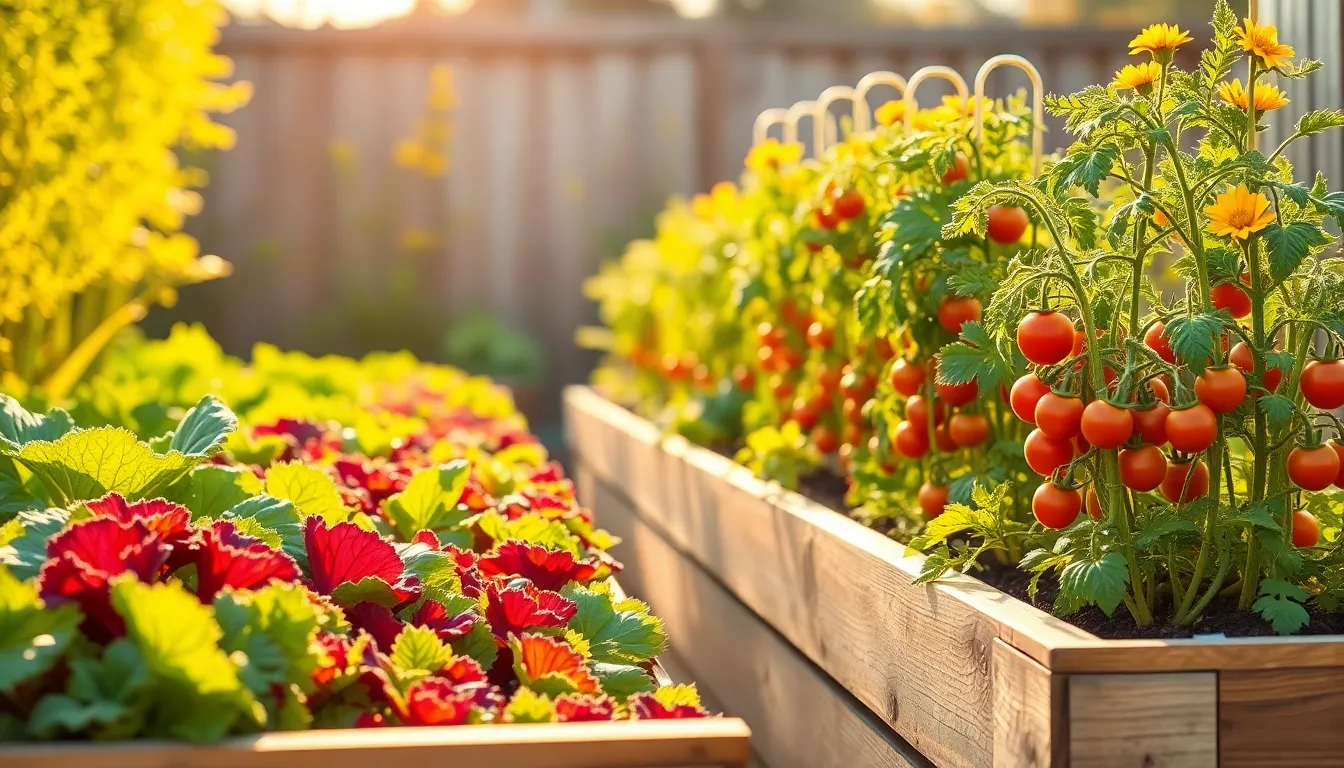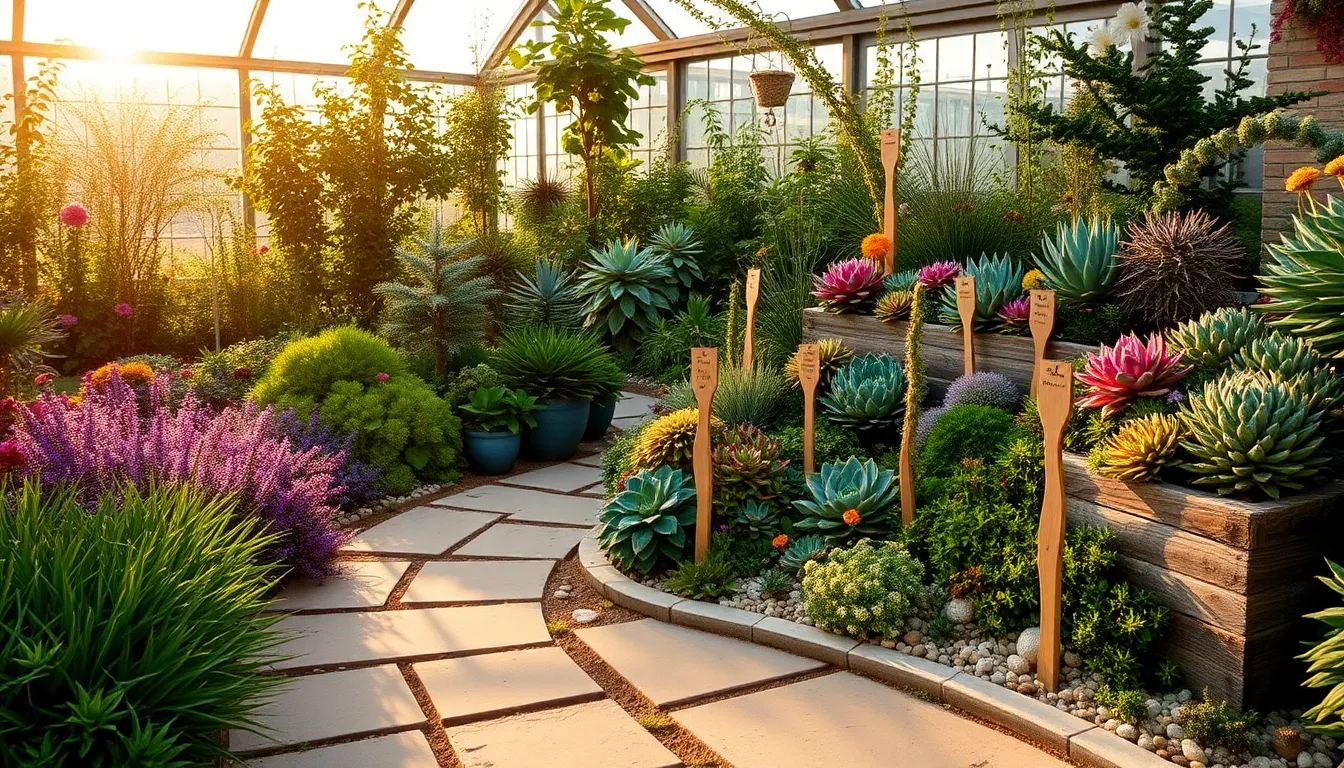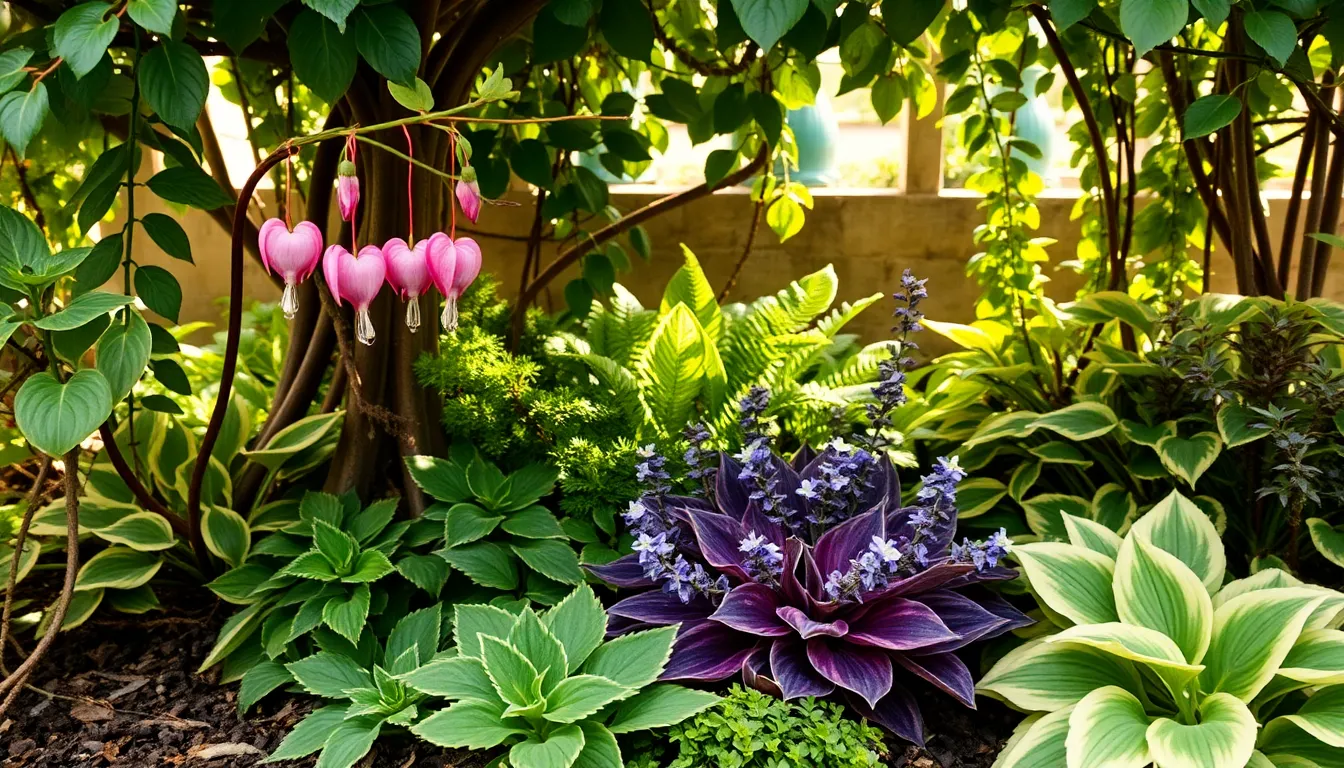Welcome to a world where backyard plots transform into vibrant, productive sanctuaries, yielding fresh, delicious vegetables that delight both the palate and the soul. Whether you’re sowing your very first seed or refining your green thumb, “Best Vegetables to Grow in Your Backyard Garden” is your trusty companion, ready to guide you through a rewarding gardening journey.
In this guide, we have curated a selection of vegetables that promise not only bountiful harvests but also ease of cultivation, ensuring success for all skill levels. You’ll discover practical tips and expert techniques that empower you to cultivate a thriving garden and enjoy the fruits—literally—of your labor.
Imagine the satisfaction of plucking a ripe tomato or crisp lettuce, knowing you nurtured it from seed to table. With this guide in hand, you can confidently embark on your gardening adventure, equipped with the knowledge and inspiration to create a flourishing backyard oasis.
Carrots (Nantes Varieties)
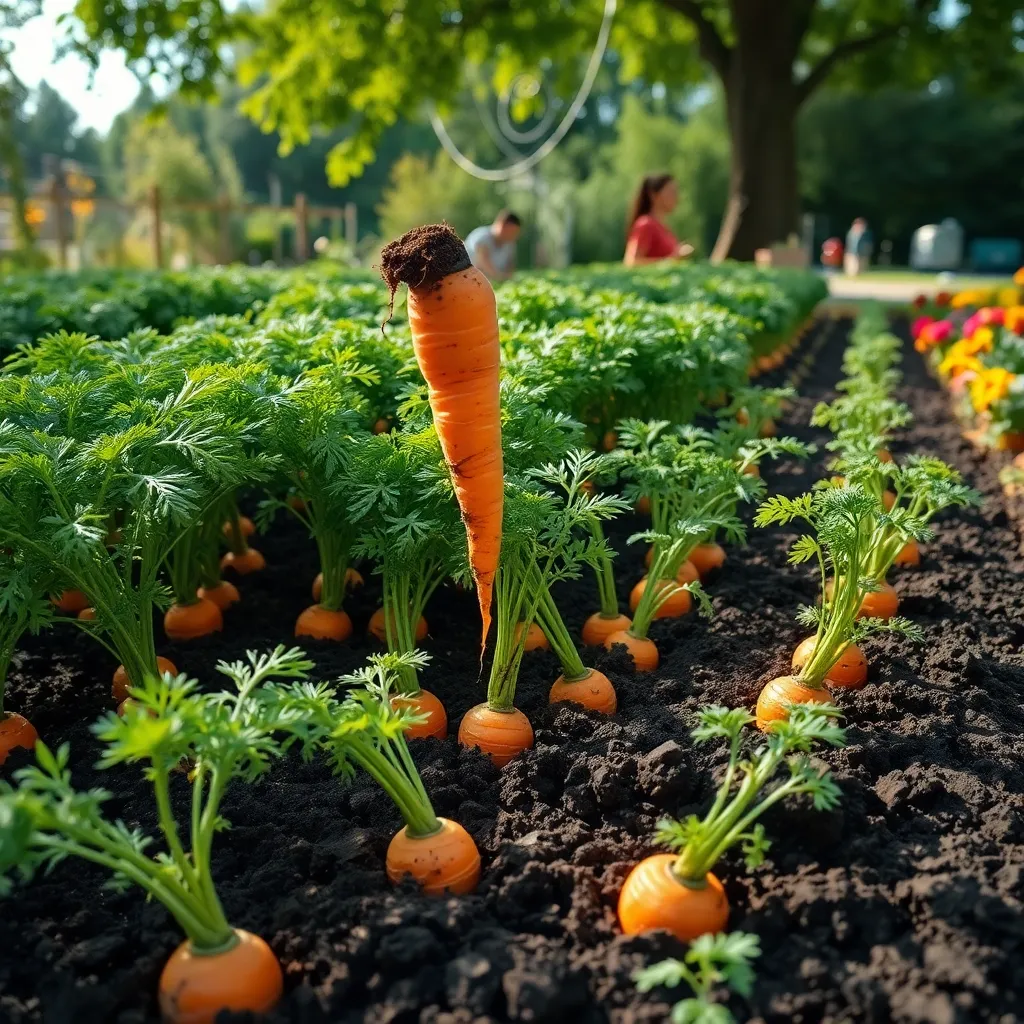
Carrots, particularly Nantes varieties, are an excellent choice for backyard gardens due to their sweet flavor and uniform growth. These carrots thrive in loose, sandy soil, which allows their roots to grow straight and unobstructed.
Before planting, it’s crucial to prepare your soil by removing rocks and debris, ensuring a smooth path for the roots. Amend the soil with compost to improve nutrient content and drainage, promoting healthier carrot growth.
When sowing Nantes carrot seeds, space them about half an inch apart in rows that are 12 inches apart. Cover the seeds with a thin layer of soil, and keep the area consistently moist to aid germination.
Regular thinning is necessary; thin seedlings to about two inches apart to prevent overcrowding and ensure each plant has enough space to develop properly. Watering should be consistent and thorough, providing about 1 inch of water per week, especially during dry spells.
For gardeners seeking to maximize their harvest, consider succession planting every few weeks. This technique will provide a steady supply of carrots throughout the growing season, allowing you to enjoy fresh produce more frequently.
Lettuce (Butterhead Varieties)
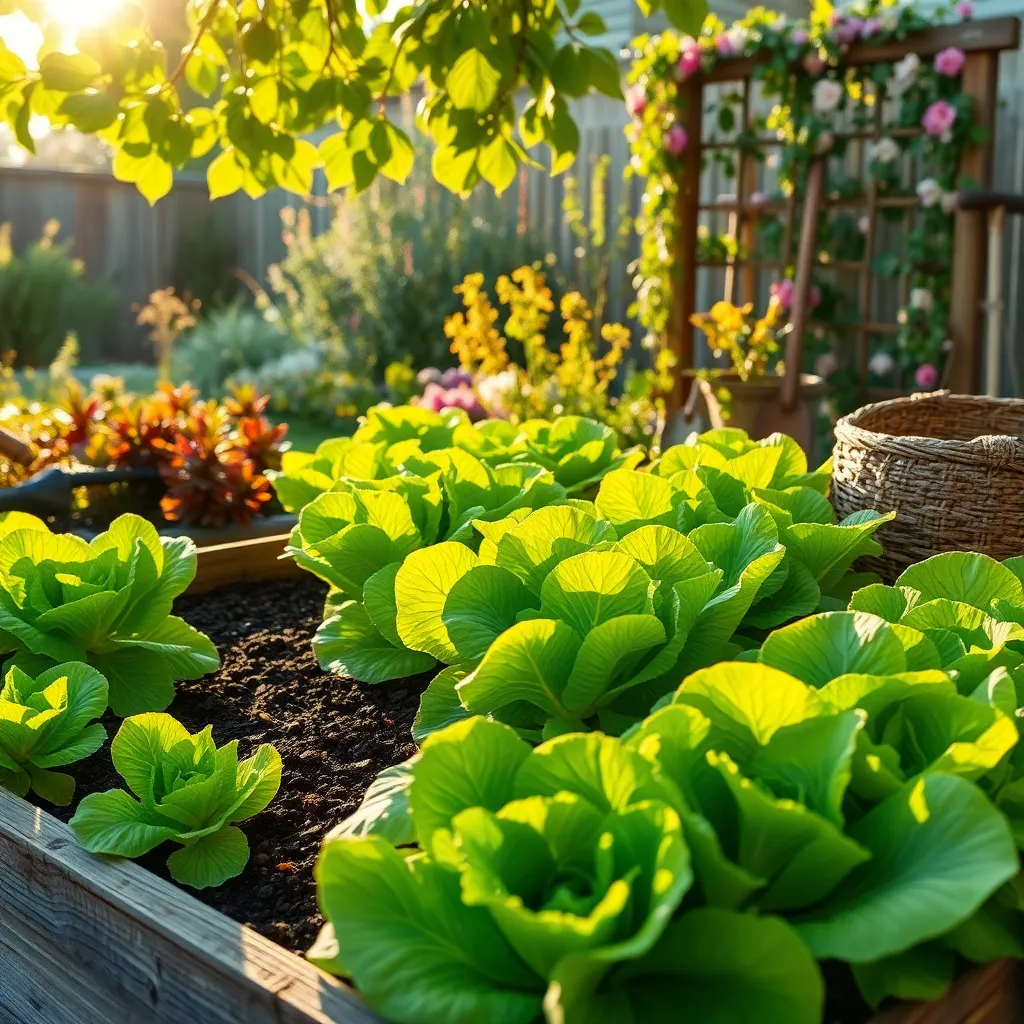
Butterhead lettuce varieties, such as Bibb and Boston, are known for their tender leaves and mild flavor, making them a delightful addition to any backyard garden. They thrive in cool weather, so it’s best to plant them in early spring or fall to avoid the harsh summer heat.
To ensure healthy growth, plant your butterhead lettuce in well-draining soil rich in organic matter. Amend your garden bed with compost before planting to provide the necessary nutrients and improve the soil structure.
Water your lettuce consistently, aiming for about 1 to 1.5 inches per week, to keep the soil moist but not waterlogged. Mulching around your plants can help retain moisture and suppress weed growth, giving your lettuce the best chance to flourish.
For those looking to maximize their harvest, consider using a succession planting technique by sowing seeds every two weeks. This method ensures a continuous supply of fresh lettuce throughout the growing season, allowing you to enjoy fresh, homegrown greens for months.
Zucchini (Black Beauty)
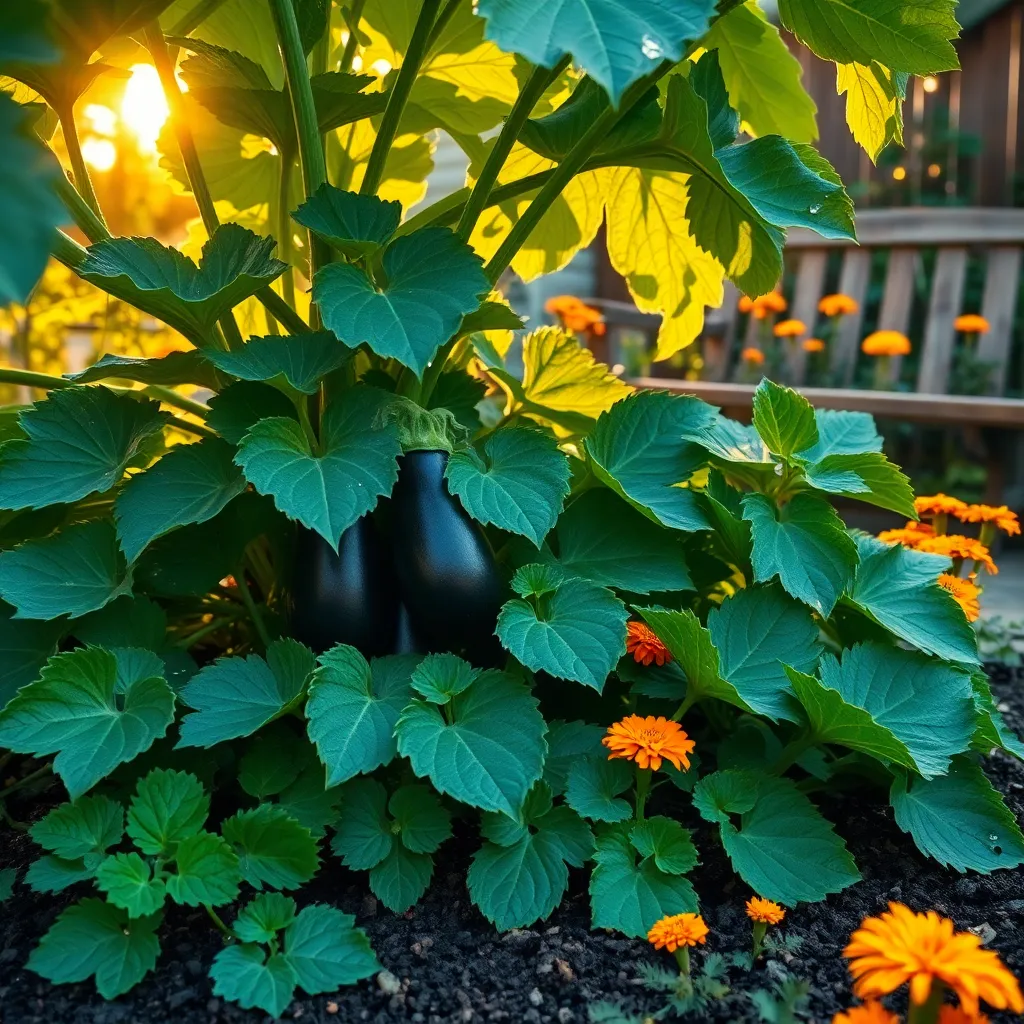
Black Beauty zucchini is a popular choice for backyard gardens due to its prolific yield and ease of growth. This versatile squash thrives in warm climates, making it perfect for summer planting.
To get started, plant zucchini seeds directly into the ground once the danger of frost has passed. Ensure the soil is well-drained and rich in organic matter, as this promotes healthy growth and abundant fruiting.
Watering is crucial for zucchini, especially during dry spells. Aim to provide 1-2 inches of water per week, ideally through deep watering techniques to encourage strong root development.
For best results, space plants about 24-36 inches apart to allow for adequate airflow, which helps prevent disease. Consider using a trellis to support the plants, which can save space and increase air circulation further.
Regular harvesting encourages continued production, so pick zucchini when they reach 6-8 inches in length for the best flavor and texture. Keep an eye out for pests like squash bugs and apply organic deterrents as needed to protect your crop.
Parsley (Italian Flat-Leaf)
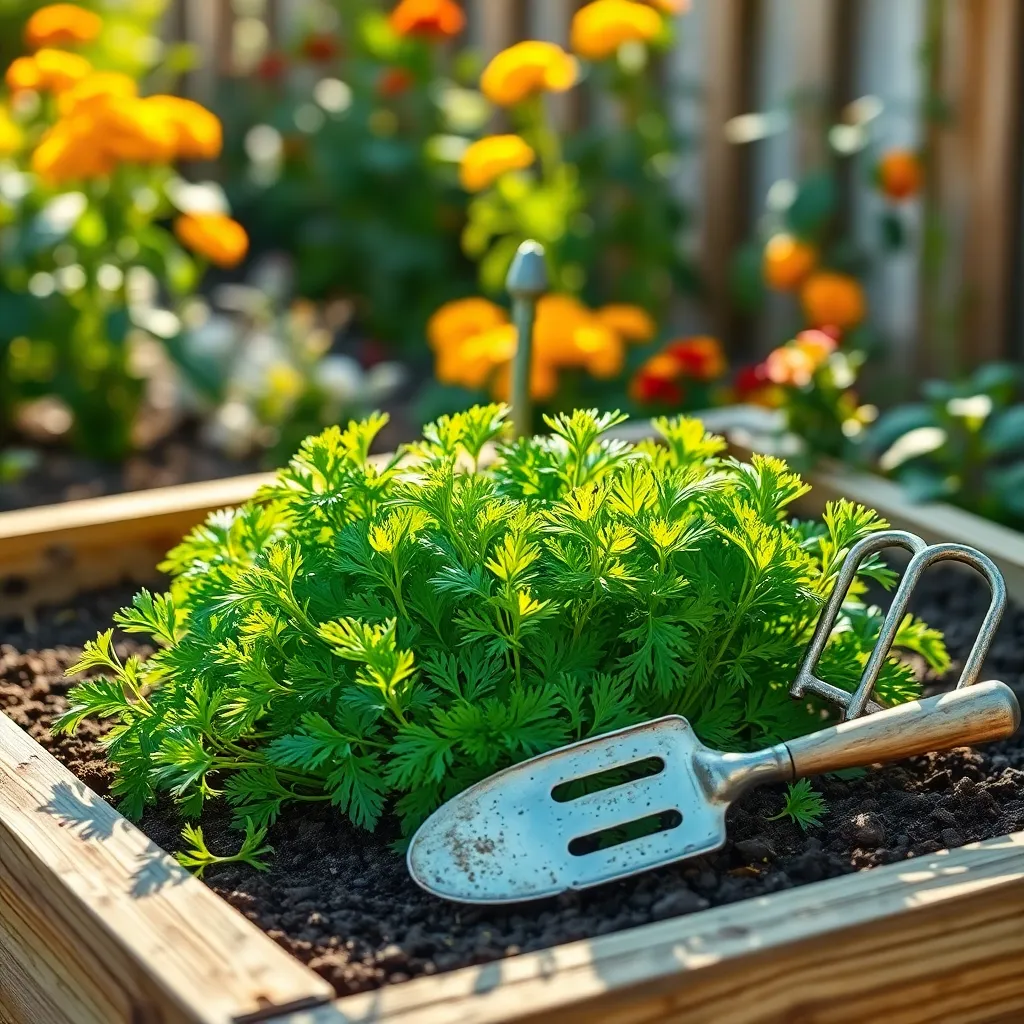
Italian Flat-Leaf Parsley is a versatile herb that enhances the flavor of many dishes, making it a popular choice for home gardeners. To grow parsley, choose a location with full sun to partial shade and well-drained soil enriched with organic matter.
Begin by sowing seeds directly into the garden after the last frost, or start them indoors 6-8 weeks before planting out. Plant seeds 1/4-inch deep and keep the soil consistently moist to ensure successful germination, which can take 2-3 weeks.
Once the seedlings have developed a few sets of true leaves, thin them to stand about 6-8 inches apart to allow for proper growth. Regular watering is crucial, especially during dry spells, but avoid waterlogging as it can lead to root rot.
Harvest leaves regularly to encourage new growth, but avoid removing more than a third of the plant at once. For advanced gardeners, consider companion planting parsley with tomatoes to deter pests and enhance growth.
Radishes (Cherry Belle)
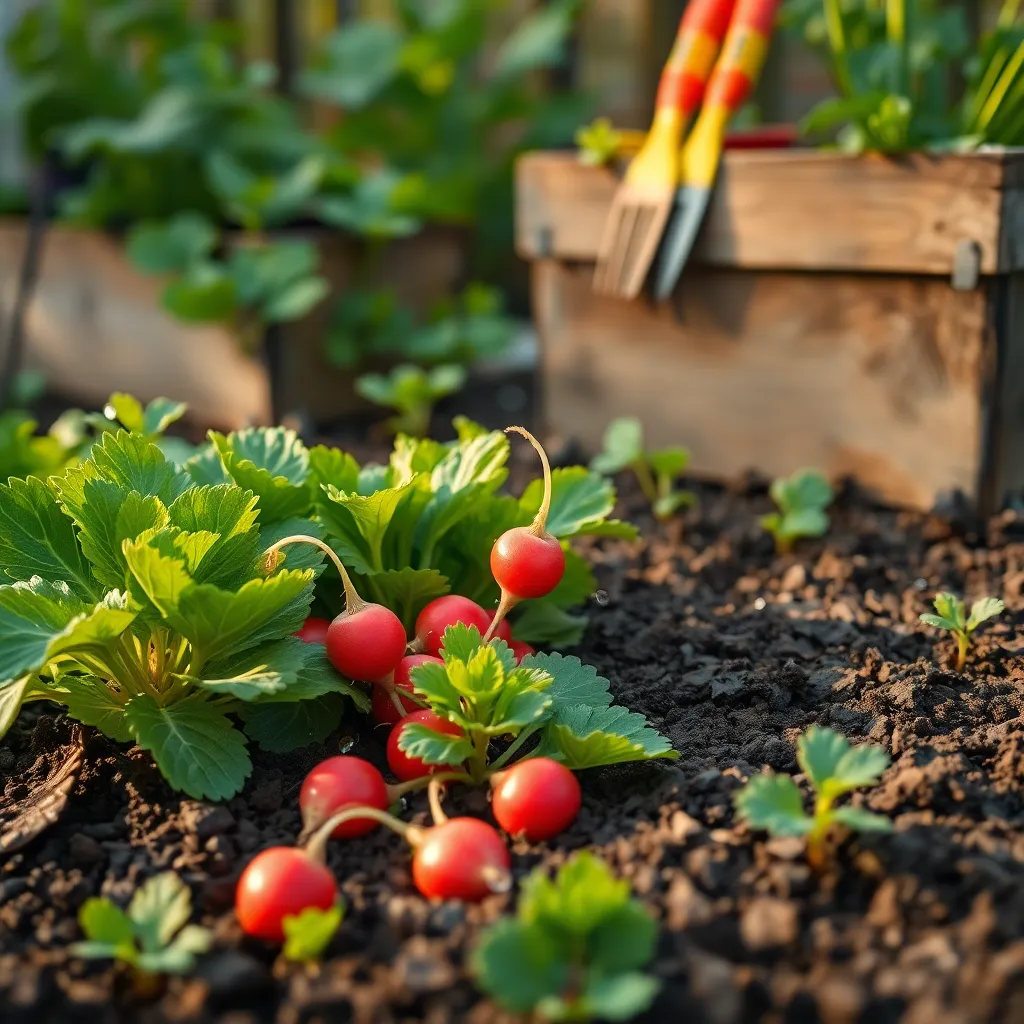
Radishes, specifically the ‘Cherry Belle’ variety, are an ideal choice for backyard gardens due to their quick growth and minimal care requirements. They are perfect for beginners, with the ability to harvest these vibrant red roots in just 22 to 30 days after sowing.
To start, plant radish seeds directly into well-draining, loose soil that is rich in organic matter. Ensure the soil remains consistently moist but not waterlogged, as uneven moisture can lead to poor root development.
Space the seeds about an inch apart in rows that are 12 inches apart to allow enough room for growth. As the seedlings emerge, thin them to provide at least two inches between plants, ensuring they have ample space to mature.
Advanced gardeners can experiment with succession planting, sowing a new batch every two weeks to ensure a continuous harvest. Additionally, interplanting radishes with slower-growing vegetables can maximize garden space and improve soil health.
Conclusion: Growing Success with These Plants
In nurturing the garden of your relationship, the vegetables you choose to cultivate can symbolize vital relationship concepts. First, we explored the importance of patience, as seen in the slow but rewarding growth of carrots. Then, we highlighted resilience with the hardy nature of kale, reminding us to withstand challenges together. Trust, like the dependable tomato, forms the cornerstone of a thriving bond. Communication, akin to the expansive growth of zucchini, requires space and attention to flourish. Lastly, the sweetness of bell peppers parallels the joy of celebrating small victories.
To plant these seeds of wisdom in your relationship, start by identifying one area you wish to cultivate further—be it communication, trust, or resilience. Begin a conversation with your partner about how you can nurture this aspect together.
Bookmark this article now to keep these insights at your fingertips as you embark on your journey of growth and discovery. Remember, relationships, much like gardens, thrive with care, attention, and a shared commitment to flourish together. By saving these insights, you equip yourself to nurture a vibrant, enduring partnership, ensuring that both you and your relationship continue to bloom beautifully.

